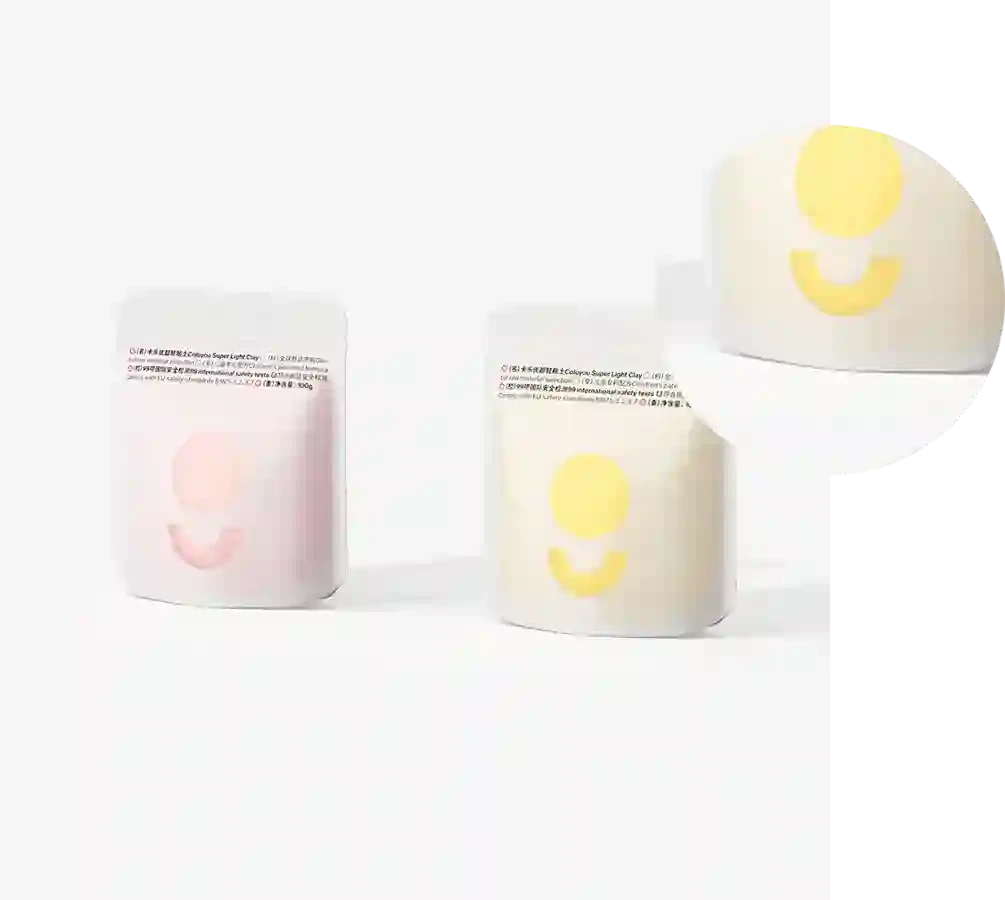- Afrikaans
- Albanian
- Amharic
- Arabic
- Armenian
- Azerbaijani
- Basque
- Belarusian
- Bengali
- Bosnian
- Bulgarian
- Catalan
- Cebuano
- chinese_simplified
- chinese_traditional
- Corsican
- Croatian
- Czech
- Danish
- Dutch
- English
- Esperanto
- Estonian
- Finnish
- French
- Frisian
- Galician
- Georgian
- German
- Greek
- Gujarati
- haitian_creole
- hausa
- hawaiian
- Hebrew
- Hindi
- Miao
- Hungarian
- Icelandic
- igbo
- Indonesian
- irish
- Italian
- Japanese
- Javanese
- Kannada
- kazakh
- Khmer
- Rwandese
- Korean
- Kurdish
- Kyrgyz
- Lao
- Latin
- Latvian
- Lithuanian
- Luxembourgish
- Macedonian
- Malgashi
- Malay
- Malayalam
- Maltese
- Maori
- Marathi
- Mongolian
- Myanmar
- Nepali
- Norwegian
- Norwegian
- Occitan
- Pashto
- Persian
- Polish
- Portuguese
- Punjabi
- Romanian
- Russian
- Samoan
- scottish-gaelic
- Serbian
- Sesotho
- Shona
- Sindhi
- Sinhala
- Slovak
- Slovenian
- Somali
- Spanish
- Sundanese
- Swahili
- Swedish
- Tagalog
- Tajik
- Tamil
- Tatar
- Telugu
- Thai
- Turkish
- Turkmen
- Ukrainian
- Urdu
- Uighur
- Uzbek
- Vietnamese
- Welsh
- Bantu
- Yiddish
- Yoruba
- Zulu
Exploring the Spectrum of Pantone Colors for Creative Inspiration
The Allure of Pantone Colors A Dive into the Palette of Emotions
Color is a universal language, an expression of emotion and identity that transcends borders and cultures. Among the myriad shades and hues that exist, Pantone colors stand out as a powerful tool for designers, marketers, and artists alike. The Pantone Color Institute has become a cornerstone in the world of color, providing an entire palette that captures the spirit of our times. This article explores the significance of Pantone colors, their emotional impact, and how they influence our lives.
The Power of Color in Design
Pantone colors are meticulously categorized and formulated, each carrying a unique identifier. This system allows designers to communicate colors precisely, avoiding the ambiguity often associated with color names. Whether it’s a vibrant red that ignites passion or a calming blue that evokes tranquility, each Pantone color holds a specific significance that resonates with human emotion.
For companies and brands, color choices play an essential role in establishing identity and recognition. For instance, the iconic Tiffany Blue (Pantone 1837) connotes luxury and elegance, while Coca-Cola Red (Pantone 186) is synonymous with excitement and energy. Organizations invest considerable resources into color branding because they understand that colors can influence consumer behavior, evoke nostalgia, or inspire trust.
The Emotional Spectrum of Pantone Colors
Pantone colors have the extraordinary ability to evoke feelings and memories. For example, consider Pantone 15-5519, a serene aqua that brings to mind the peacefulness of ocean waves—a favorite for spa designs to encourage relaxation. In contrast, Pantone 17-1463, a bright tangerine, evokes feelings of enthusiasm and adventure.
Each color within the Pantone spectrum can represent different emotions and states of mind
- Warm Colors (Reds, Oranges, Yellows) Often associated with energy, warmth, and passion. They can stimulate excitement but may also evoke feelings of aggression or anxiety if overused.
- Cool Colors (Blues, Greens, Purples) Typically bring a sense of calm, tranquility, and trust. Blue, especially Pantone 19-4052, portrays stability and reliability, making it a popular choice in corporate designs.
pantine color

- Neutral Colors (Browns, Grays, Beiges) These hues create a backdrop that allows other colors to shine. They promote feelings of safety and security while facilitating a sense of balance in design.
The Role of Pantone in Trends and Culture
Every year, the Pantone Color Institute announces a Color of the Year, which influences design trends across industries, from fashion to interior design. For example, Pantone 2020's color of the year, Classic Blue (19-4052), was chosen for its timeless, reassuring qualities. This color reflected a global desire for stability amidst the uncertainty of the times.
Moreover, Pantone's influential role goes beyond mere aesthetics. The chosen colors often respond to cultural shifts, social movements, and collective feelings, making them a fascinating lens through which to view society. For instance, the rise of environmental awareness has been mirrored in Pantone's increasing emphasis on natural, earthy tones.
Using Pantone Colors in Everyday Life
Incorporating Pantone colors into daily life can be as simple as choosing certain shades for clothing, home decor, or artwork. Understanding the emotional impact of colors allows individuals to consciously select hues that resonate with their feelings and aspirations. For example, someone might choose to paint their living room in Pantone 14-4811, a soft peach hue, to create a warm and inviting atmosphere.
In fashion, the choice of a Pantone color can convey mood and style. Designers often utilize these colors to create collections that speak to specific themes or sentiments, influencing consumer choices and trends.
Conclusion
The world of Pantone colors is a rich tapestry of emotion, style, and meaning. As we navigate through our daily lives, the colors we encounter and choose can significantly impact our feelings and perceptions. By understanding the emotional weight that different hues carry, we can make more informed choices in design, branding, and personal expression. Ultimately, Pantone colors not only beautify our surroundings but also connect us to our inner emotions and the world around us.













